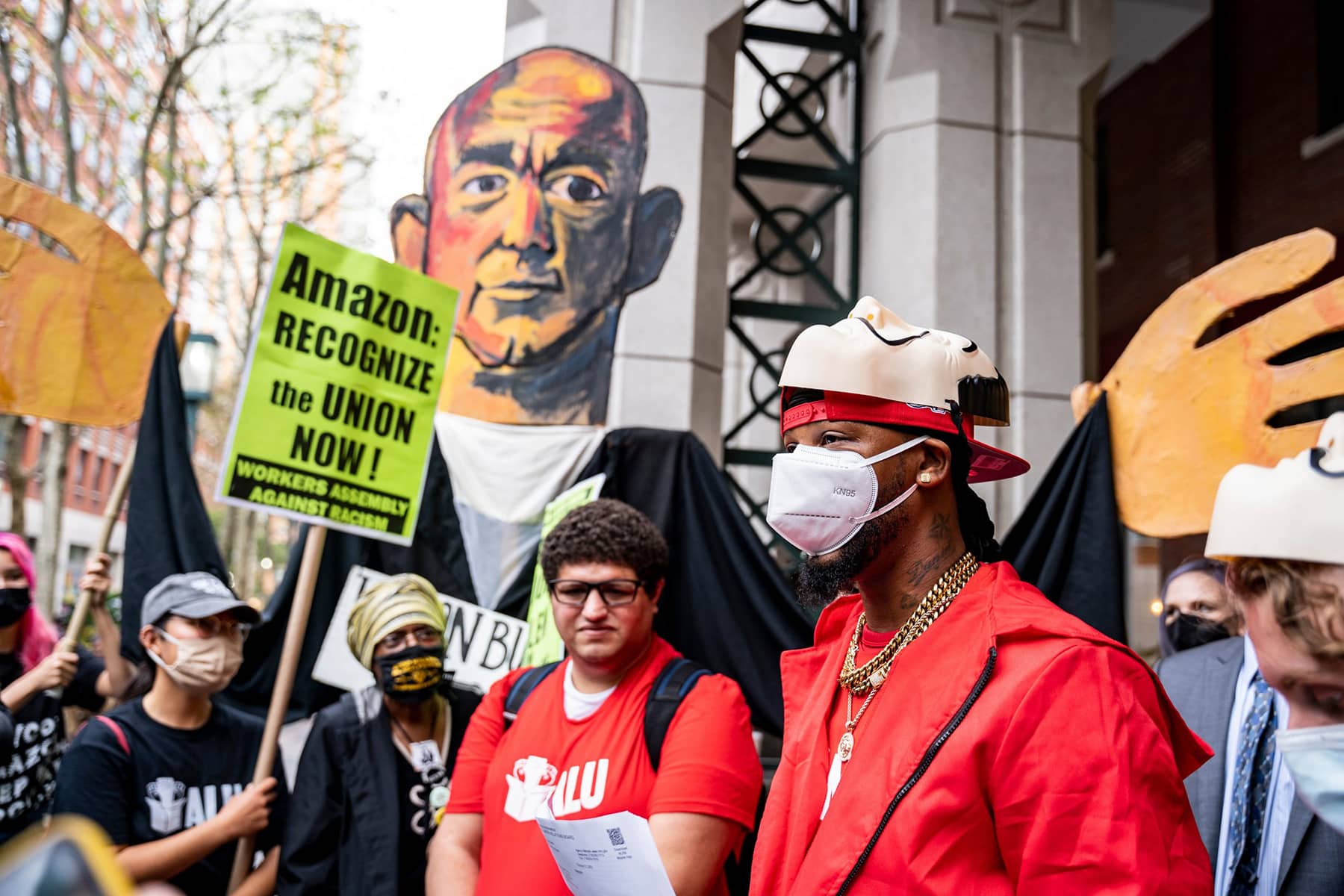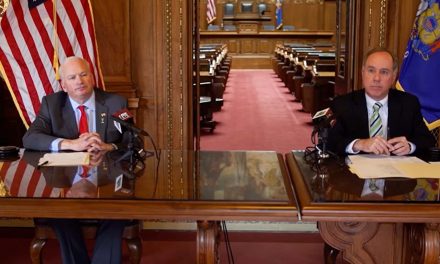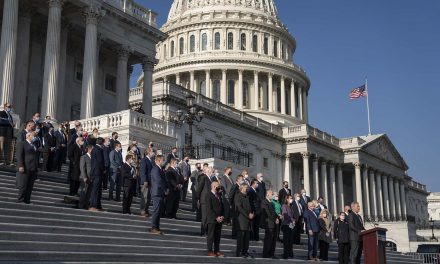
On Labor Day, right-wing prognosticators like to revel in the supposed demise of the U.S. union movement. While there may be a kernel of truth in the data, organized labor only represents 6.4%of the private-sector workforce, gross numbers are misleading and don’t begin to show today’s unfolding story of a newly invigorated union movement.
It is time the naysayers changed the channel. More than 17 million TikTok viewers have watched a video of a Starbucks manager firing a SBWorkersUnited (SBUnited) union organizer in a Buffalo store. Every barista in the store left Mocha Cookie Crumbles and Java Chip Frappuccinos on the counters and walked out.
After years of decline, labor is experiencing a resurgence on two fronts. The first is increasing militancy and resistance among members of existing trade unions. Over the past year, discontent among tens of thousands of working-class Americans crested in a wave of strikes, walk-outs and protests as union-represented workers flexed their muscles, confronting the owning class with ever more militant resistance.
- At Kellogg’s, 1,400 union workers struck the company’s cereal plants after working seven days a week, 12 hours a day through COVID, boosting Kellogg’s earnings to record profits.
- 1,000 union workers struck Nabisco for 40 days, winning $5,000 bonuses and annual raises.
- Hundreds of UAW workers at John Deere struck for a month.
- At American Airlines (AA), flight attendants at Piedmont Airlines, an AA regional carrier, unanimously voted to strike over high health premiums and low pay.
- 60,000 Kaiser Permanente unionized nurses and health care workers engaged in a sympathy strike for two days to support 700 striking stationary engineers.
- 1,100 members of the United Mineworkers have been on strike against the Warrior Met Coal in Alabama since April 2021.
- Thousands of union health care workers nationwide staged strikes over issues from staffing to unsafe working conditions.
The second front is a rapidly spreading movement fueled by youthful activists’ intent on organizing new sectors of the unorganized. The first nine months of this year saw a 58% increase in petitions for union elections.
Bolstering this resurgence is a dramatic shift in public opinion that was cause for celebration this Labor Day. The most recent Gallup poll found support for labor unions at its highest point since 1965, at 68%! The surge in organizing, accompanied by bold expressions of class solidarity, is being fueled by a rapidly spreading, youth-driven, viral movement to organize the unorganized often through social media.
Today’s movement is being nourished by rebellious workers at places like Amazon, Starbucks, IT companies, REI, Chipotle, Trader Joe’s, Apple, and Dollar General (to name a few), with new organizing efforts popping up with regularity.
The new generation of youthful activists are fighting not just for better wages and working conditions but are united in their common struggle for dignity and humane treatment on the job.
SBUnited, within the blink of an eye, has organized over 225 stores – since last December, despite a vicious anti-union campaign including some 85 discharges of union organizers. Despite union-busting repression, as of mid-July, workers at over 300 additional stores in 36 states have filed to unionize. Additionally, workers at Starbucks have held more than 55 strikes in at least 17 states. Organizers at Starbucks have filed well over 285 unfair labor practice complaints with the National Labor Relations Board.
In Wisconsin, despite UW Health Management’s refusal to recognize the Service Workers International Union (SEIU), hundreds of nurses voted by a 99% margin to strike the largest health care provider in Madison.
The SEIU is demanding increased staffing ratios to offset the negative impact of lean staffing on patients’ safety, and long overdue wage increases. Should UW Health Management remain intransigent, the nurses voted to stage a three-day walkout in September. The militant stand by the SEIU just one example of actions by unionized health care providers nationally who have shown increasing militancy and a willingness to hit the bricks to fight for dignity on the job.
History repeats itself
In the 1970s and 1980s another young, idealist generation of New Left activists left college campuses with the goal of spreading our revolutionary movement. In our thousands, we left behind campuses where we had fought against the Vietnam War, supported the struggle for Black liberation, and fought to support workers’ struggles like the United Farmworkers boycott of table grapes and non-union lettuce.
I am now 72 years old. In the 1960s I was one of those radical student activists who believed that the only way to effect transformative change to the inequities of the exploitative capitalist system was to build a class-conscious workers’ movement. To pursue that lofty goal meant taking a job where my organizing skills, honed as a student activist, could be marshaled to organize industrial workers.
While employed at American Motors for 13 years, I faced termination, dodged the FBI, outwitted collaborators in the UAW, and became a central figure in a multi-year, surreptitiously funded and orchestrated defamation lawsuit by American Motors against our rank-and-file shop newsletter Fighting Times.
The key lesson for organizers of yesteryear and today is that we need to be creative, listen to people’s concerns about their jobs and lives and be willing to take up the struggle to improve conditions on all fronts. Only with a powerful and organized class-conscious workers’ movement can we reverse the destruction of the planet and bring to birth a system that isn’t based on exploitation, but fairness and justice for all.
Jon Melrod
Luigi Morris
Originally published on the Wisconsin Examiner as U.S. labor movement on the rebound
Donate: Wisconsin Examiner
Help spread Wisconsin news, relentless reporting, unheard voices, and untold stories. Make a difference with a tax-deductible contribution to the Wisconsin Examiner














